SQ-Mycetin | 0.5%| Drop | 1 pcs
৳ 34.50
Brand Name: SQ-Mycetin Eye/Ear Drop
Generic: Chloramphenicol
0.5%
Manufacturer: Square Pharmaceuticals Ltd.
10 ml drop: ৳ 34.50
Indications
Therapeutic Class
Pharmacology
Dosage & Administration
For Eye: Adults, children and infants (all age groups): One or two drops 4 to 6 times a day should be placed in the infected eyes. If necessary the frequency of dose can be increased. Treatment should be continued for approximately 7 days but should not be continued for more than three weeks without re-evaluation by the prescribing physician.
For Ear: 2 to 3 drops into ear canal thrice or four times daily.
Otic/Aural: Otitis externa: Instill 2-3 drops of a 5% solution into the ear bid-tid.
Oral: Bacterial meningitis, Anaerobic bacterial infections, Anthrax, Brain abscess, Ehrlichiosis, Gas gangrene, Granuloma inguinale, Infections caused by H. influenzae, Listeriosis, Plague, Psittacosis, Q fever, Severe gastroenteritis, Severe melioidosis, Severe systemic infections with Camphylobacter fetus, Tularaemia, Whipple’s disease:
- Adult: 50 mg/kg/day in 4 divided doses increased to 100 mg/kg/day for meningitis or severe infections due to moderately resistant organisms. Continue treatment after the patient’s temperature has normalised for a further 4 days in rickettsial disease and 8-10 days in typhoid fever.
- Child: Premature and full-term neonates: 25 mg/kg/day in 4 divided doses. Full-term infants >2 wk: 50 mg/kg/day in 4 divided doses. Children: 50 mg/kg/day in 4 divided doses increased to 100 mg/kg/day for meningitis or severe infections.
Interaction
Contraindications
Side Effects
Oral: GI symptoms; bleeding; peripheral and optic neuritis, visual impairment, blindness; encephalopathy, confusion, delirium, mental depression, headache. Haemolysis in patients with G6PD deficiency.
ophthalmic application: Hypersensitivity reactions including rashes, fever and angioedema.
Ear drops: Ototoxicity.
Pregnancy & Lactation
Precautions & Warnings
Storage Conditions
Ophth/otic preparation: Store between 2-8°C. Do not freeze. Protect from light.
| Generic Name | Chloramphenicol |
|---|---|
| drop | 10 ml |
Only logged in customers who have purchased this product may leave a review.

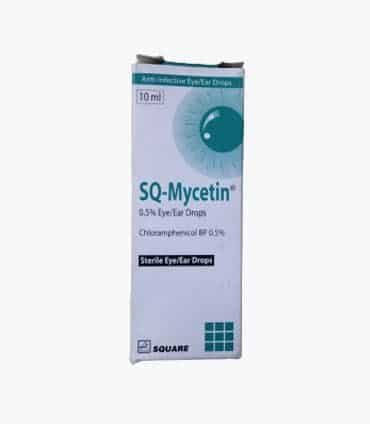

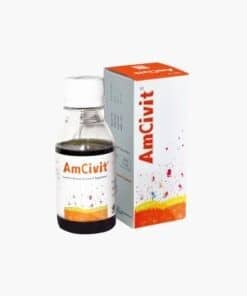
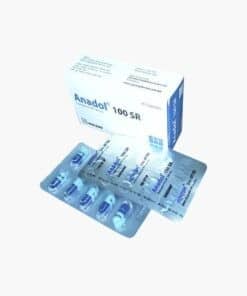
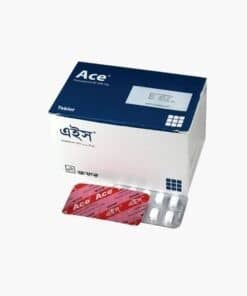

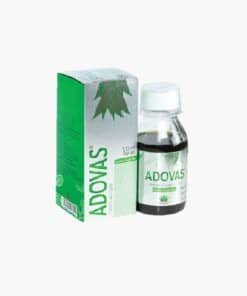
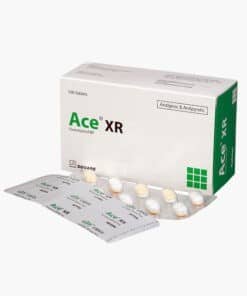

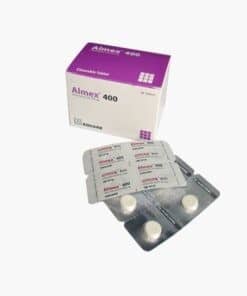
Reviews
There are no reviews yet.